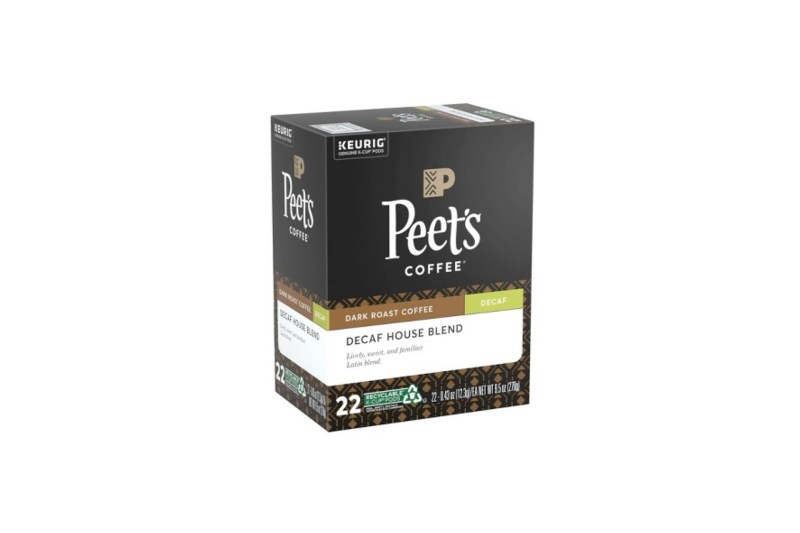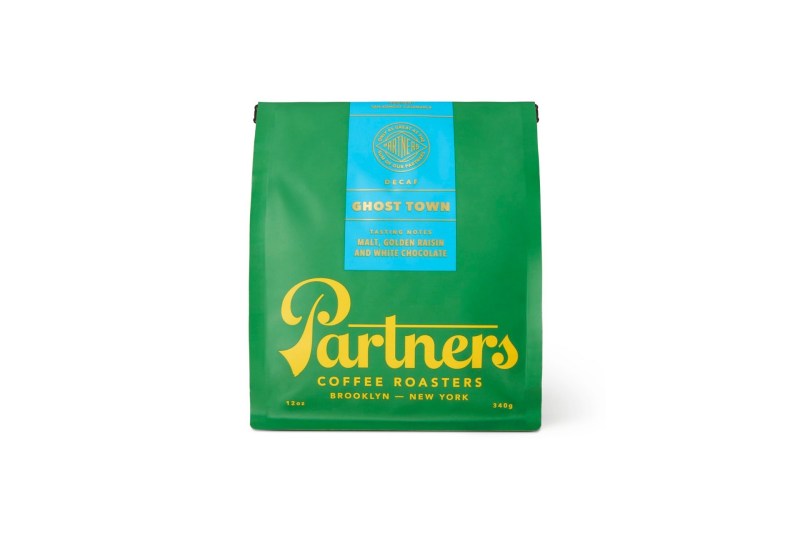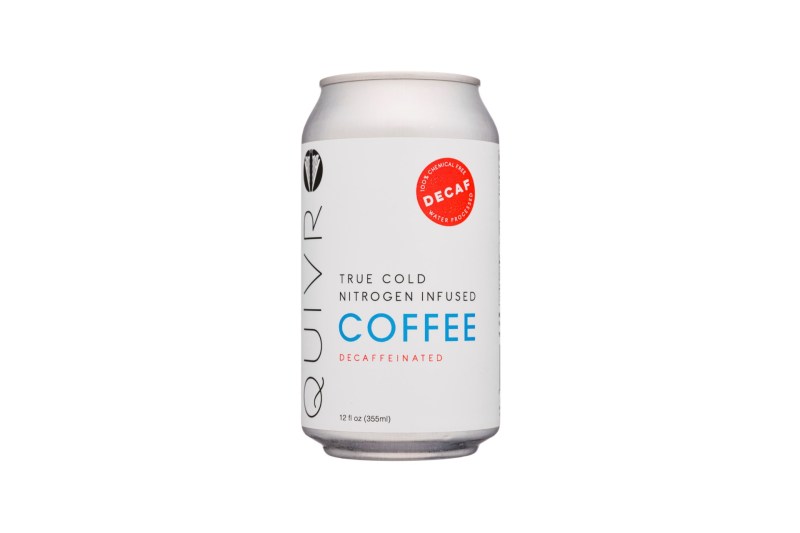Decaf coffee has been thrown under the barista bus for quite a while. And perhaps for good reason, as for too many years, there was hardly an option in the field worth brewing. Alas, times continue to change and we're now blessed with a broad range of decaf options.
The reasons for going sans caffeine are many, and while we love the fully loaded stuff, many of us like to take a break now and again. Sometimes, you just want the flavor of coffee without the extra kick. This is especially the case after a big meal that meanders into the wee hours, after which you just want to hit the hay. Other times, you just want some of the health benefits of coffee (the antioxidants, for example) without the jitters. For others, caffeine may inspire a bit of anxiety and just not be worth the risk.
It's time for us to embrace the zero-content era of drinks, as they can be equally delicious. We've seen it in beer and we've seen it in spirits (try one of these mocktails and see for yourself). It's true in coffee as well, as these best decaf coffee beans prove.








Best budget
Thrive Organic Decaf Coffee
- USDA organic
- Available in whole bean or ground options
- Only available online
Thrive manages to put together a pleasant batch of organic coffee at a deal of a price. Made from Peruvian beans, this medium-plus roast shows cacao and graham cracker flavors.


Best decaf coffee pods
Peet's Decaf Coffee Pods
- Compatible with K-Cup brewers
- Uses Swiss Water decaf method
- Only available in dark roast
For a roaster on the larger side, Peer's always seems to come through. These pods produce tasty decaf in a matter of minutes. It's the brand's flagship roast and tastes incredibly like its caffeinated cousin.


Best-single origin decaf coffee
Partners Ghost Town
- Single-origin, premium coffee
- Available in three bag sizes
- Uses mountain water process to decaffeinate
- Pricier than other options
This darker espresso roast can be made into shots or an Americano or regular coffee, your choice. Whichever way you lean, you'll be impressed by the fullness of flavor even with no caffeine in sight.


Most flavorful decaf coffee
Greater Goods Low Strung Decaf Coffee
- Great for any type of coffee brewing method
- Slightly nutty flavor with notes of toffee and hazelnut
- Online purchasing only
This company should be on your radar whether you like caffeine or now as its entire lineup is impressive. The Low Strung boasts Colombian beans and a creamy, Nutella-like flavor profile. Better still, the Austin roaster focuses hard on giving back to the community through some of its profits.


Best canned decaf coffee
Quivr Nitro Cold Brew Decaf Coffee
- Rare decaf nitro cold brew
- Ready to drink, convenient
- Soft, creamy texture
- Higher price point than at-home brewing
This crushable option benefits from both a slow nitro cold-brewing process for added depth and a nitrogen infusion for a soft texture. It's great room temperature or, on warmer days, poured into a chilled glass with an ice cube or two.


Best full-bodied decaf coffee
Klatch Coffee Sleeping Goat
- Options from coarse to finely ground
- Uses Swiss Water decaf process
- Roasted to order
- Roast may be too bold for light coffee drinkers
This decaf version of Klatch Coffee's bestselling Crazy Goat blend is among the best decaf coffee beans for a full-bodied brew. The beans in the Klatch Coffee Sleeping Goat blend undergo a Swiss Water process to use water to remove caffeine from the beans, leaving the final product about 99.9% caffeine free. This medium-dark roast is a great decaf choice for those who like a bold flavor, featuring notes of sweet herbs, chocolate, and roasted almonds.


Best low-acid decaf coffee
Fabula Decaf Organic Coffee
- 100% organic
- Low acidity
- Available in whole or ground beans
- Intense testing process raises price
Unlike other decaf coffee beans treated with pesticides and chemical fertilizers, Fabula Decaf Organic Coffee is as clean as it gets. This 100% organic coffee is the best decaf coffee beans for purity, as the lab for this brand tests for over 350 chemical compounds often found in coffees.
Additionally, the low-acid nature of this coffee is a smart choice for those who want a coffee that is gentle on the stomach and safe for individuals with GI conditions. This blend contains coffee beans sourced from Mexico and has slight notes of dark choocolate and nuts.




